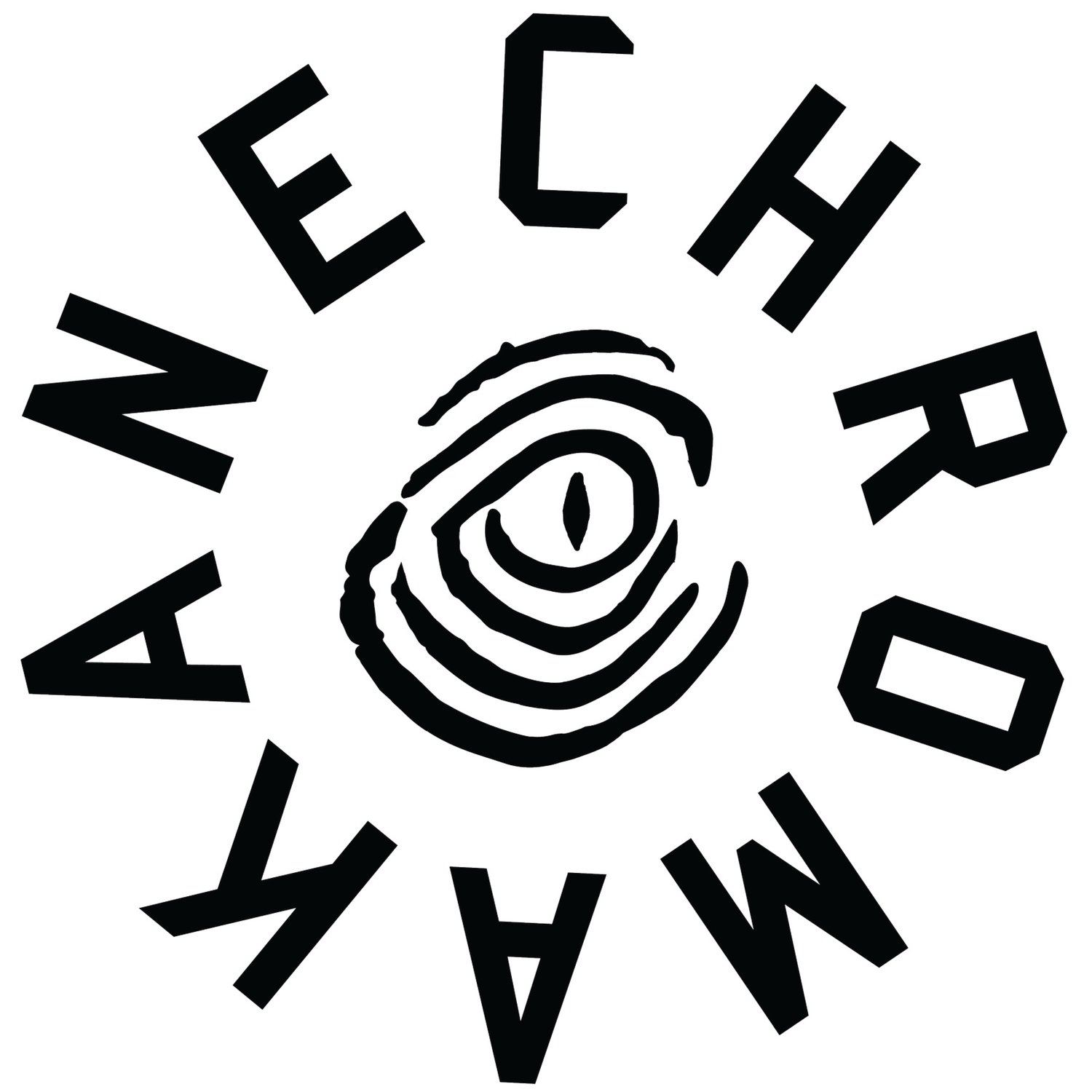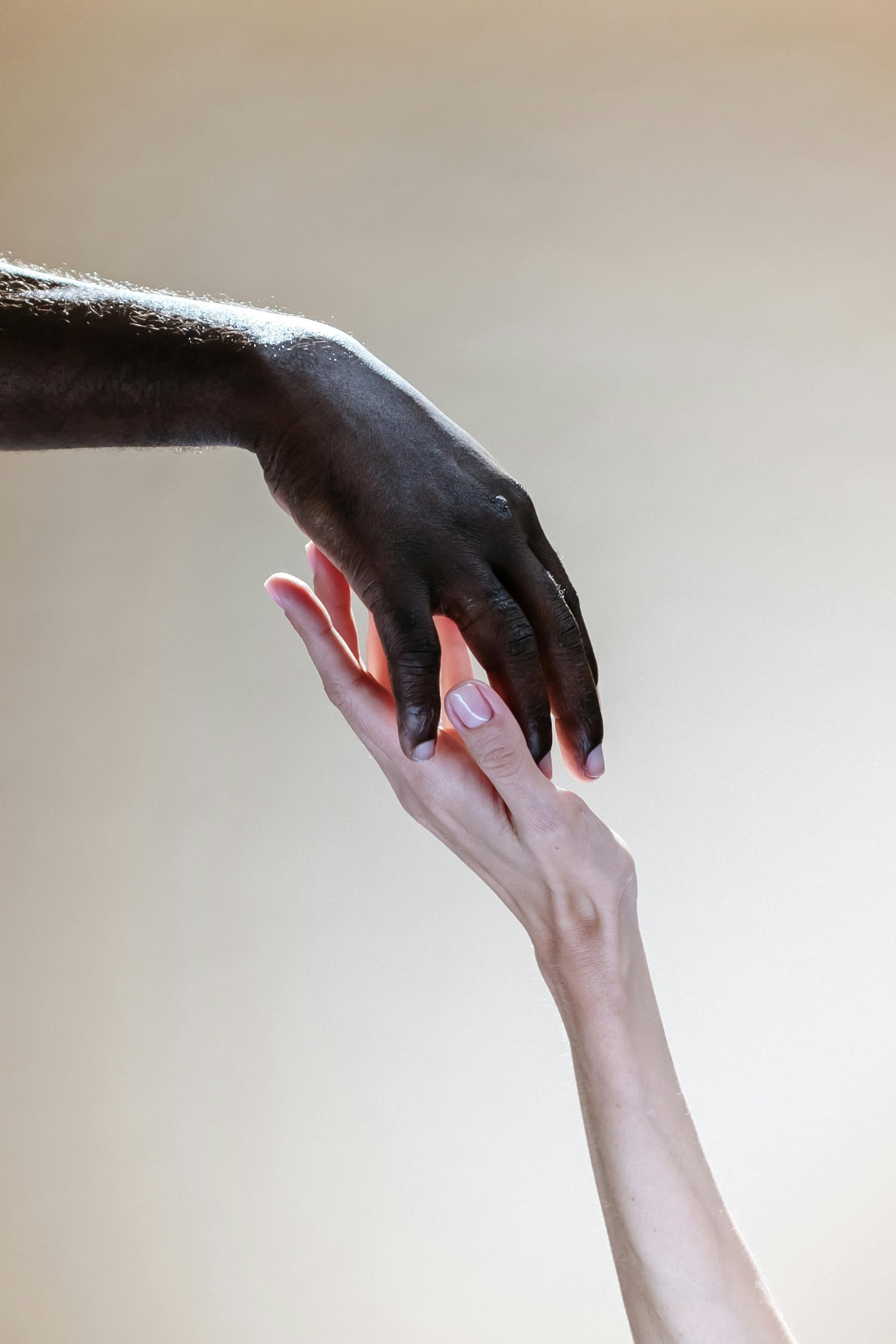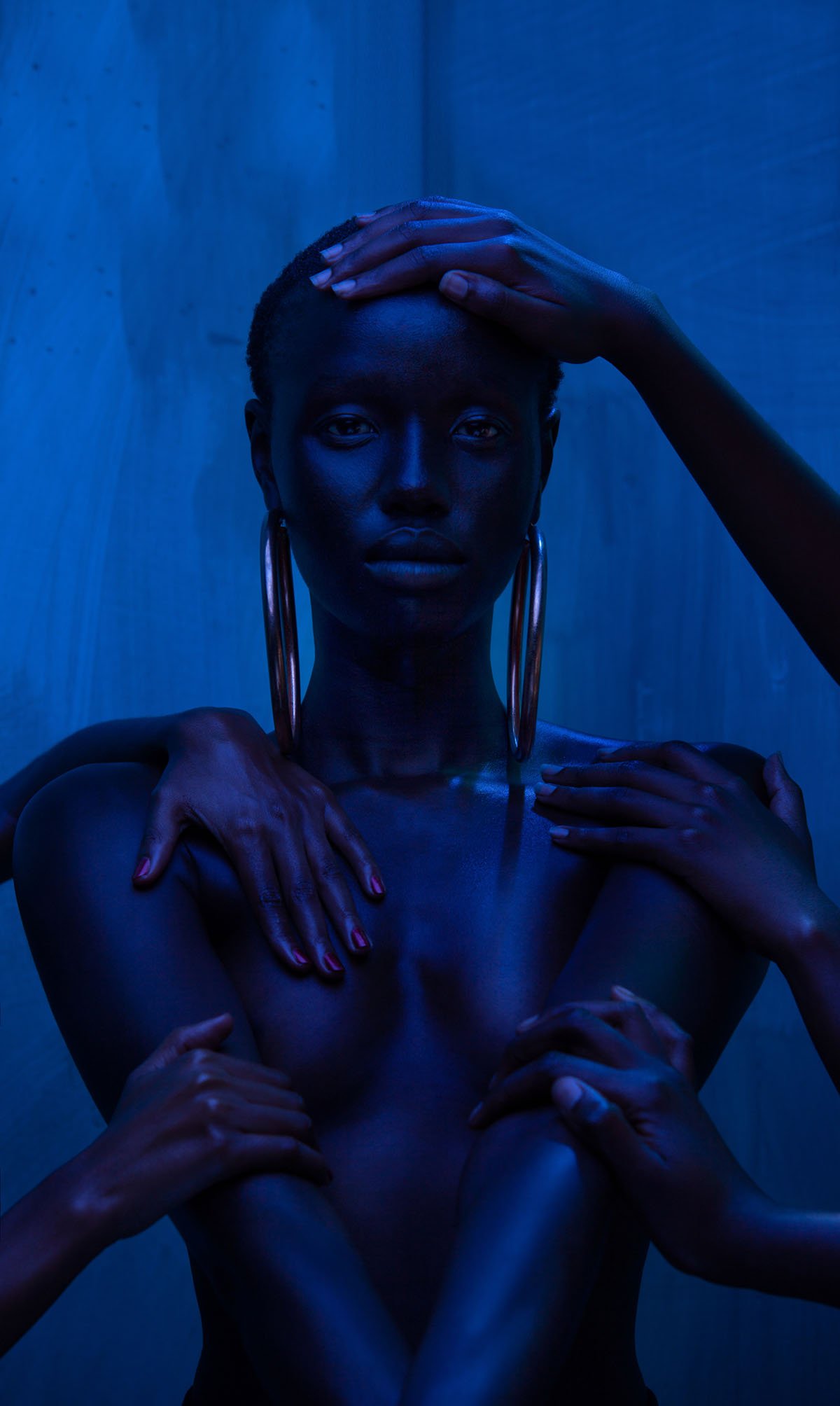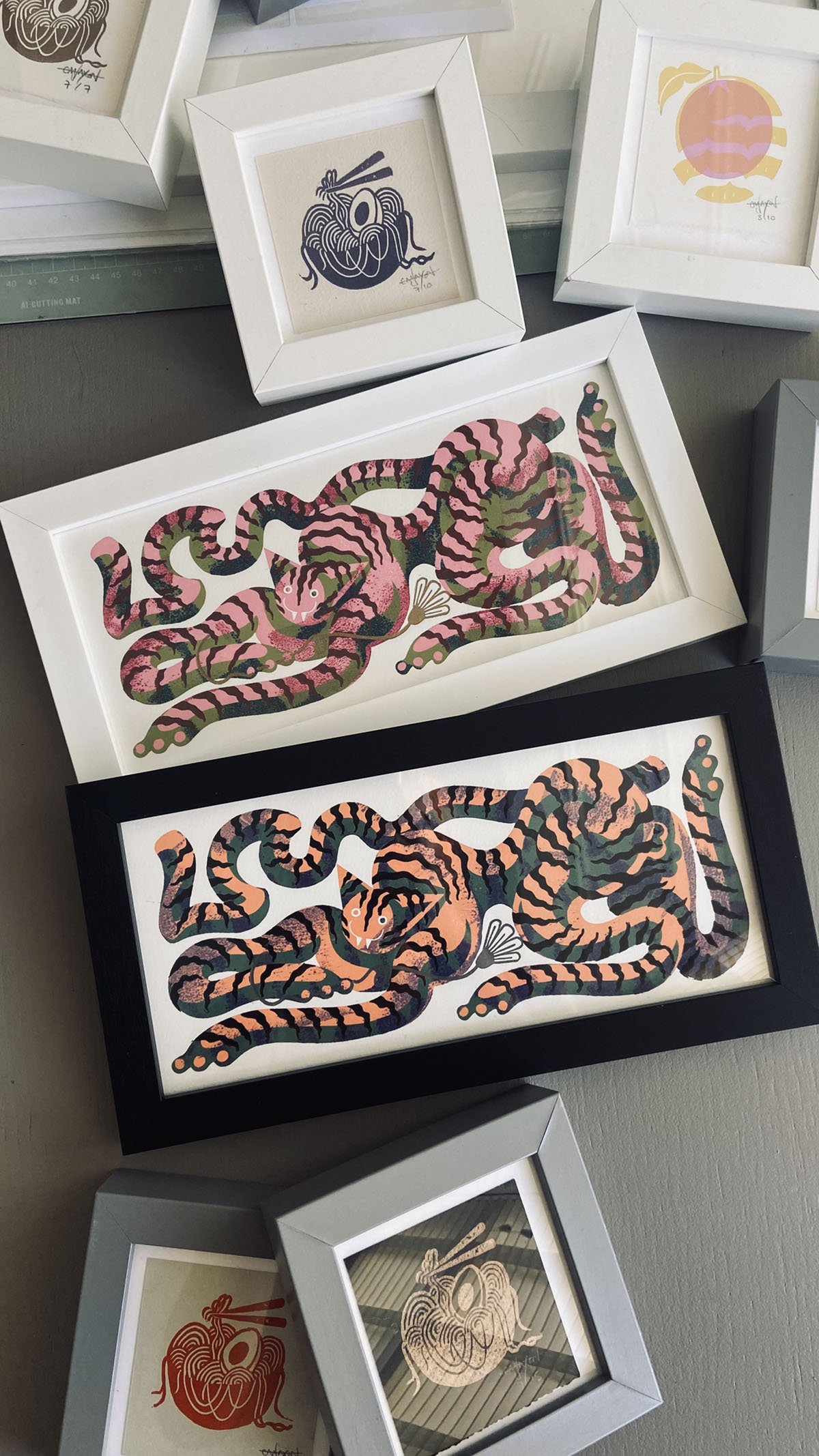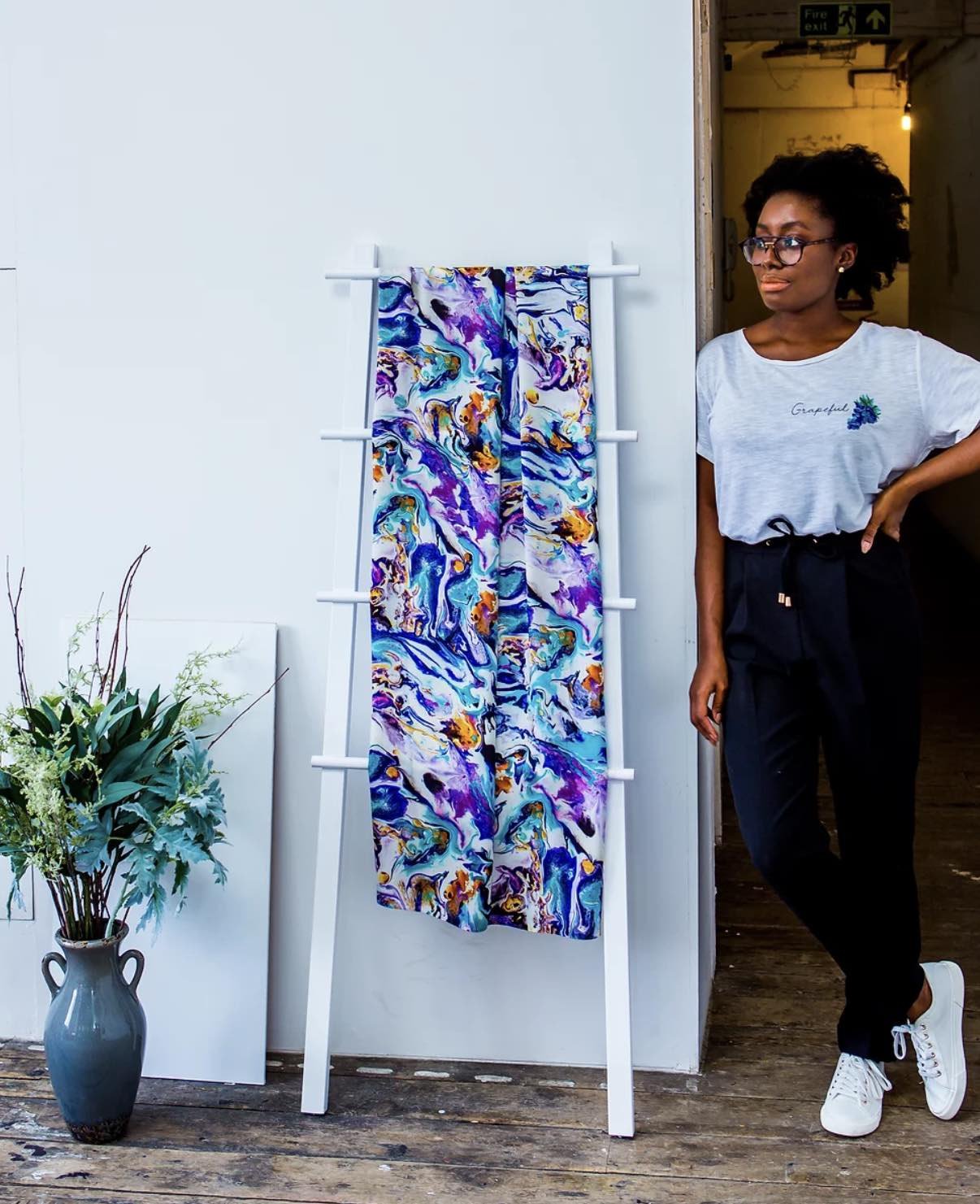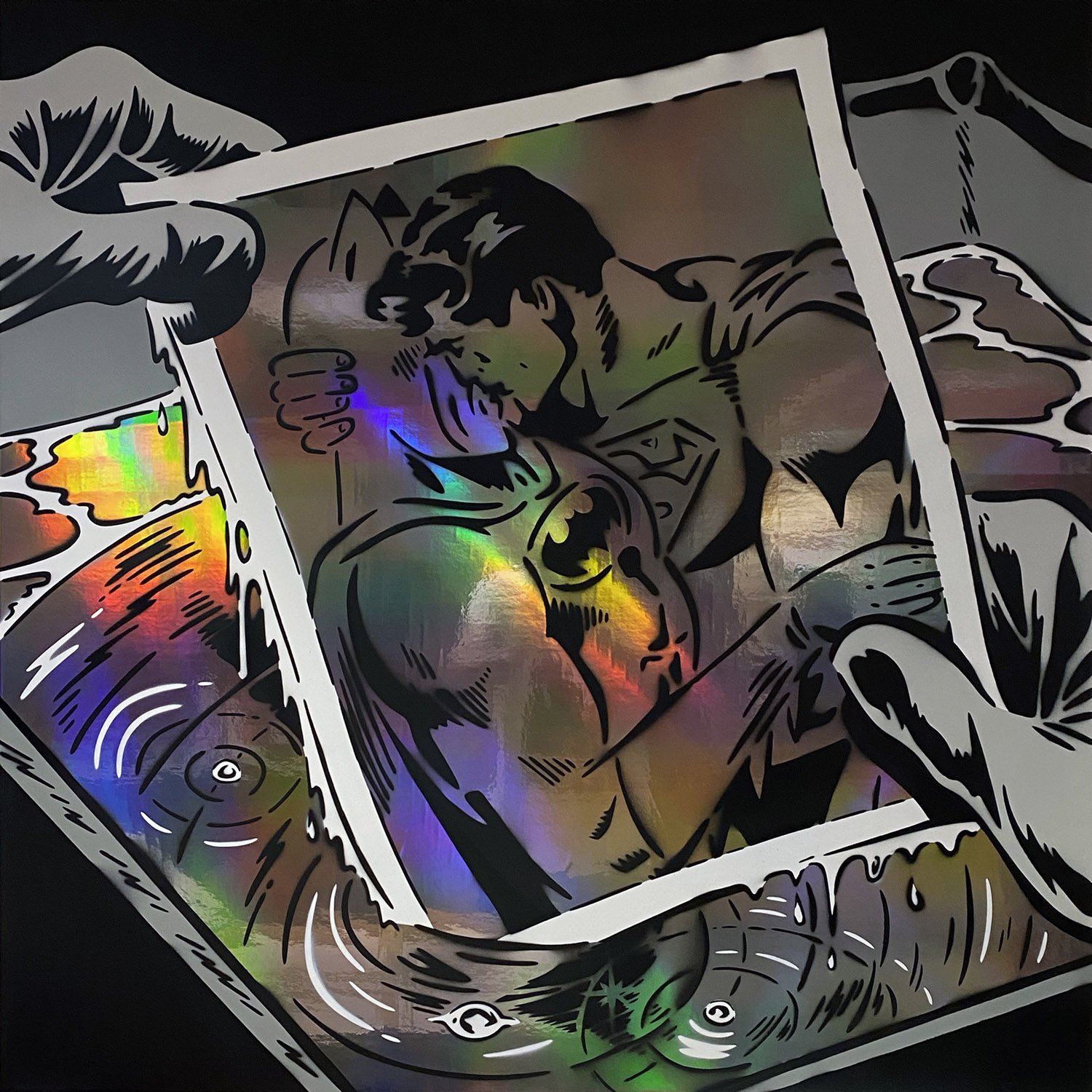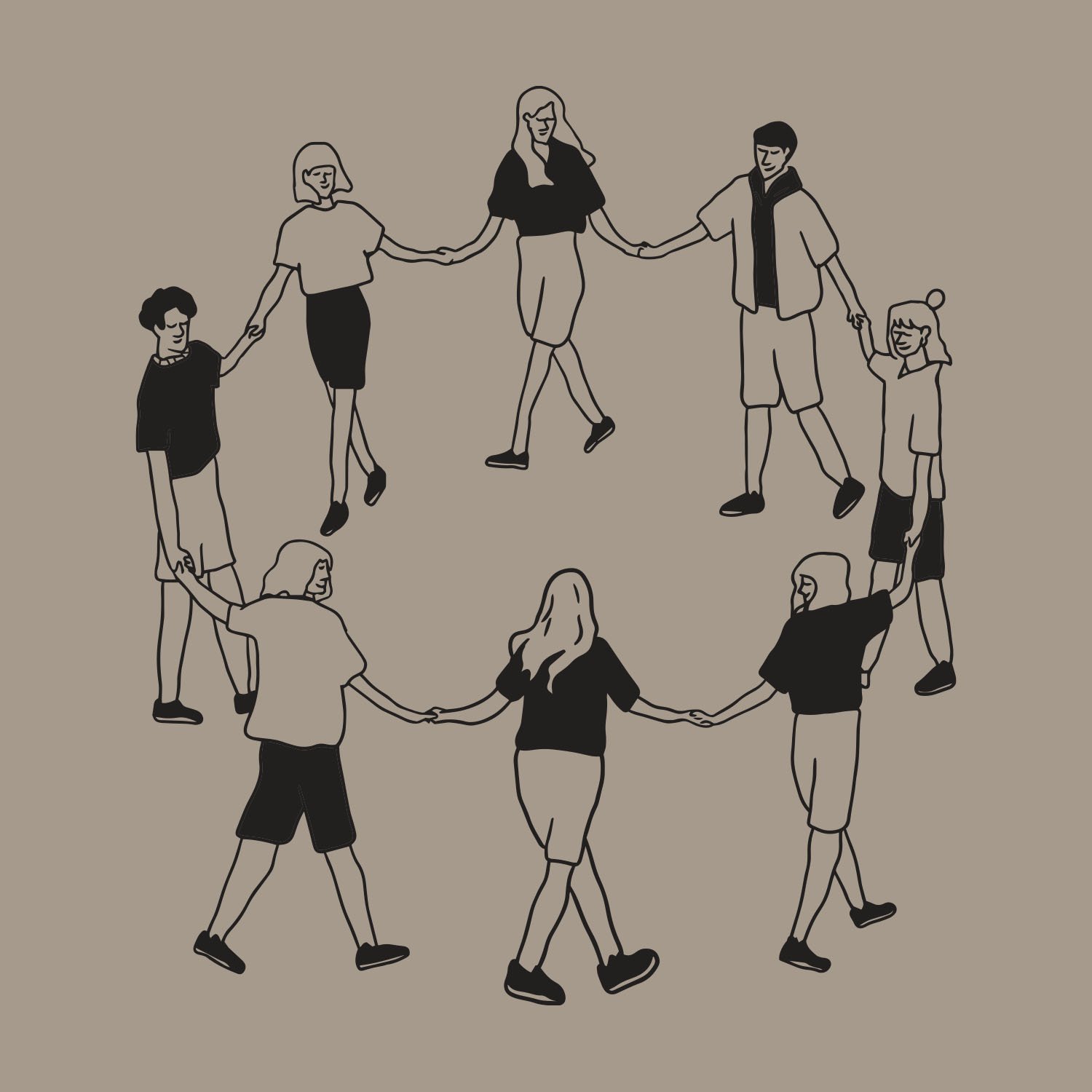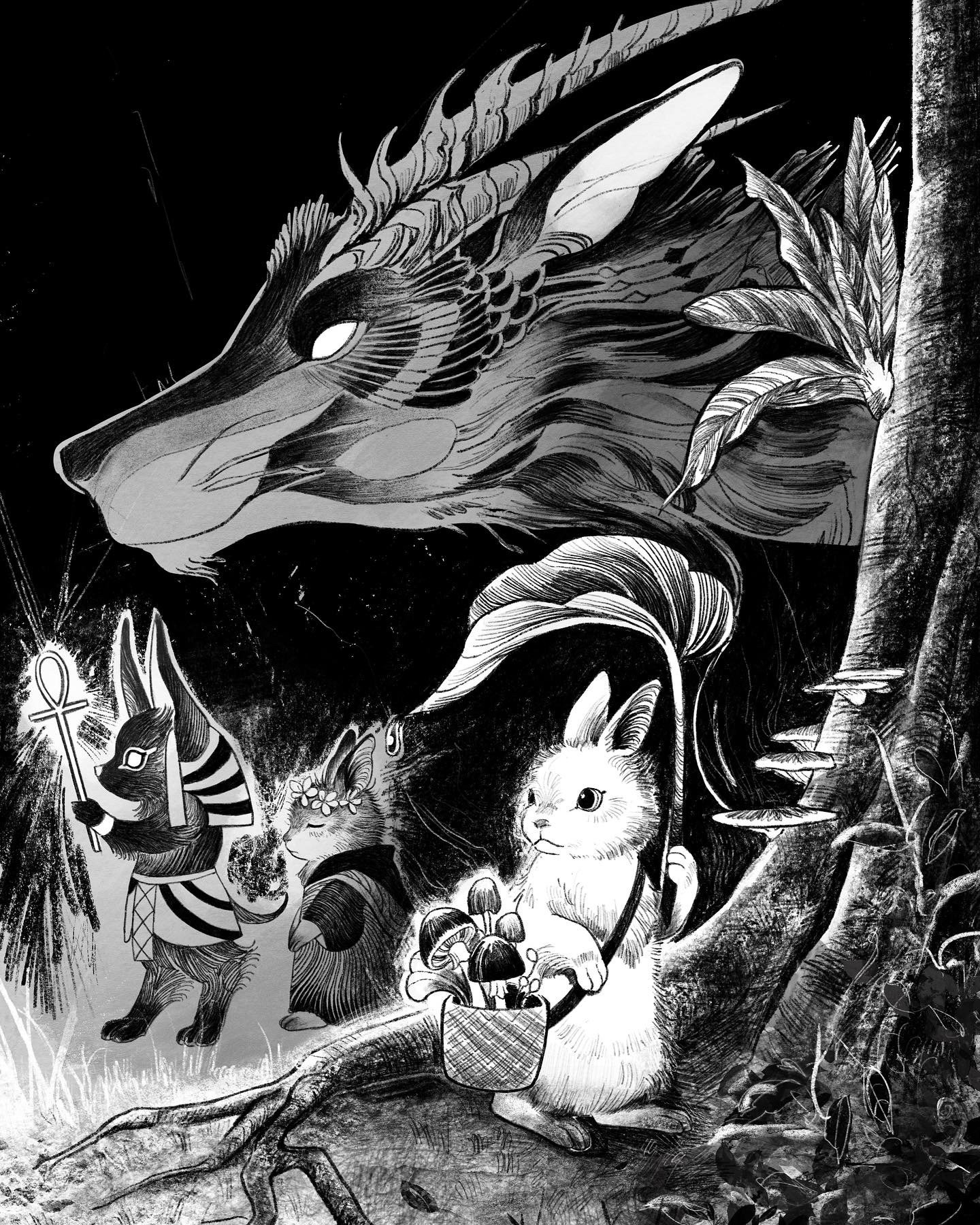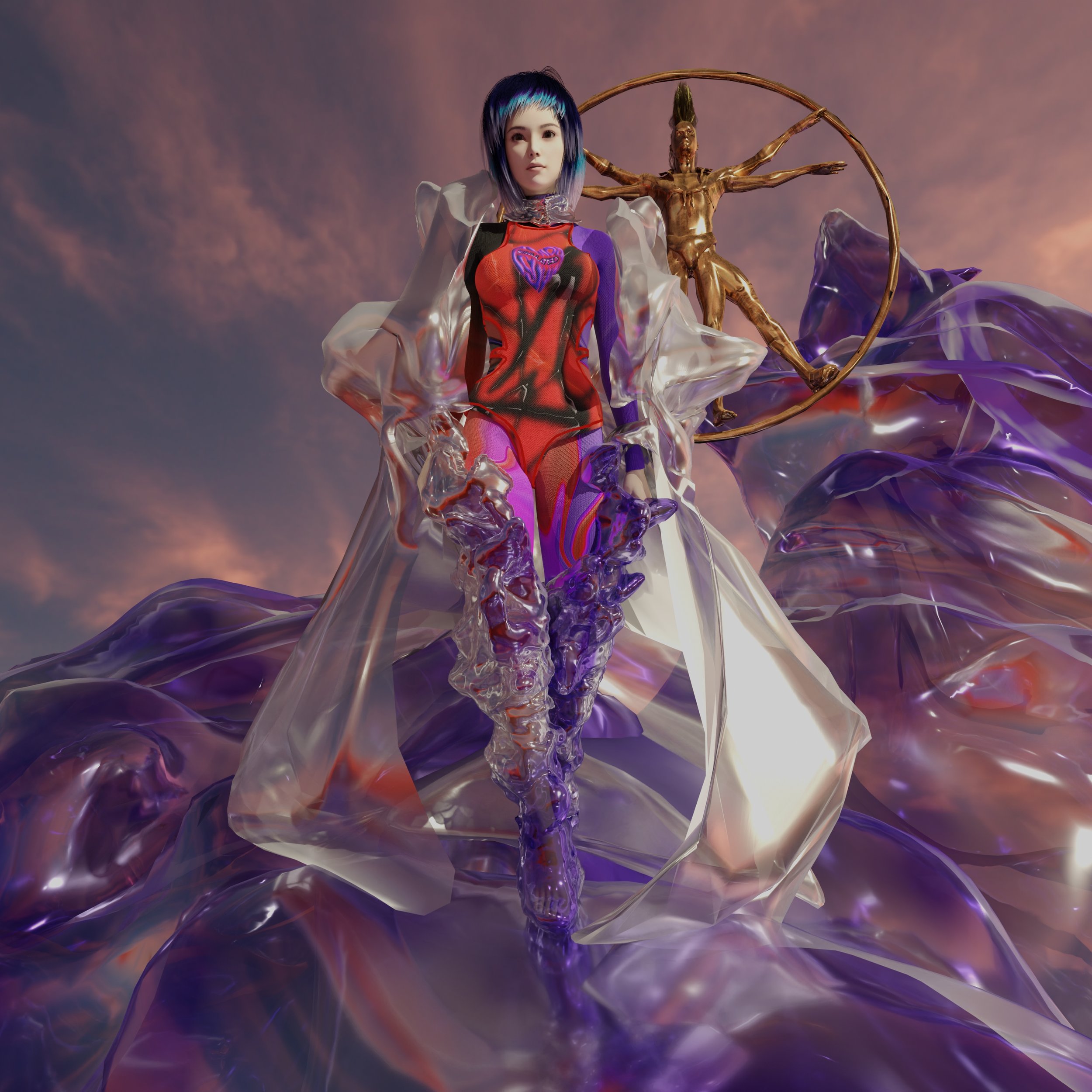Surreal mental visualism: In interview with Simran Kaur
About
Fashion photographer Simran Kaur tells stories of mental health through her work, using a surrealistic and abstract lens which allows her to convey the never-ending and painful journey of these struggles. We find out more about her experimental approach, and how her cultural background influences her work, in an exclusive interview.
Share this article
Hi Simran, tell us more about yourself and your vision.
I’m a fashion photographer and artist, but before that I’m a person who only learned about mental health at the age of 16. Ever since I decided to create mental health awareness by using my creativity, so that other people could learn about it as well.
I started doing fashion photography to showcase that is possible to be inspired by garments to create a concept. I usually showcase how the garments make me feel like, how my perspective and that of the designer or stylist can melt together. I find myself thinking about how the garment reminds me of a specific mood present in one of the spectrums of mental health. From there I think about how we can talk about it in terms of styling, make-up, poses and many other elements that must be included.
I create collages, animations, traditional and digital illustrations, fashion videography, still life and creative portrait photography, and all of these practices have a project which portrays a specific spectrum of mental health. My various projects often inspire each other.
I work mostly with a surrealistic and abstract perspective, because for me mental health feels foggy. I’ve learned a lot, but I still need to progress in a never-ending journey, potentially hurtful and foggy but also peaceful and full of self-love.
Your photography is surreal, experimental and dreamlike, and you have called it ‘surreal mental visualism’. Could you shed some light on this approach?
‘Surreal mental visualism’ is the way I started calling my approach, because as I explained earlier mental health for me is foggy but detailed: I know what I learned but I still have a lot more to learn, because there is always something new to learn about it. ‘Surreal’ represents the abstract foggy yet detailed perspective we have of mental health; ‘mental’ because I’m working with my perspective of it but presenting it to you to make you aware of a specific part of mental health; and ‘visualism’ because it is a concept that can be visualised, like an untouched dream you can analyse, learn from and understand, as you do with mental health. I personally also connect mental health with the world of dreams, because most of the time you may understand yourself from your dreams, not from your reflection in the mirror. That’s also where surrealism and abstract meets.
While I connect mental health with the world of dreams but also nightmares, I don’t want them to be seen as the same subject. They will never be the same subject, but they are part of a circle in which mental health falls into dreams and nightmares, but they never merge into one. It’s not like two plus two.
‘GaP’
‘GaP’
How would you say your cultural background influences your creativity?
I was born and raised in Italy, but my heritage is Punjabi. As person raised by Indian parents, I always followed old strict rules my parents had to follow. But I then stopped because I understood that those rules were limiting me and keeping me safe in my bubble. These rules were also unhealthy for my mental health, which would in turn affect me physically. This did also limit me learning about mental health so I decided to create awareness about mental health in my family, and externally. No one deserves to not know and to not be informed.
Have you experimented with any other mediums and techniques to complement your photography skills?
Aside from fashion photography I also do still life and creative portrait photography, and I also create animations, traditional and digital illustrations and collages. All these mediums help me in my research since there are times when what I researched for another project will end up being part of another one. This connects all around my various projects.
Digital platforms and art mediums continue to gain momentum, how do you see your own creative practice evolving within this digital landscape?
I see my creative practices becoming more digitalised. I recently started taking photos of my photos from my laptop with my phone, and the lines and pixels you get from the images are interesting. It is amazing how a small screen offers so much information, but it is even better when you learn how to use this information to your advantage. I use it for my project, but unfortunately I am sure that there are people who use to hurt others. This does not mean that I will abandon the traditional side of my creative practices, because they also have many advantages you just need to learn about, and then experiment to understand.
‘rendezvous’
‘underCover’
Your objective is to raise awareness of mental health through your work. Can you tell us more about your journey to becoming an advocate for mental health?
I learned about mental health at the age of 16, which I always thought was late, thinking that if I had known about it sooner I would have learned a lot about myself. Now at the age of 20, I still have no awareness about myself and only recently started understanding who I am and what my triggers are, my traumas and how I can heal from them. If I had known about mental health from a young age, I would not need to struggle as much as I do now. I began wanting to create mental health awareness so that people of any age could start understanding themselves, using my work as a way to identify a part of themselves.
What role does photography play in addressing mental health issues, and what would you say creative therapy means to you?
Photography is a way to express yourself. In my case I showcase my mental states, and other people’s mental states. I get inspired by what my friends and colleagues tell me about themselves, which often makes me aware of how we ignore these little things that make a huge difference in the people we care about. I use my visuals to make people feel accepted and understood, hence why I called it ‘surreal mental visualism’ which for me is part of creative therapy.
Creative therapy to me is a way in which you can heal by creating pieces of art and photography. If you are the one creating these pieces for other people, you are indirectly offering creative therapy which could help you heal. But your main goal is to help others, because you see your work as theirs: once your work is out there it is no longer yours, you are offering it the public.
Can we look forward to seeing exciting new projects from you anytime soon?
There is a project I’m currently sketching out and it will involve sewing. The main theme of the project is comfort and it will not be related to photography, but it will be something more ‘sculptural’. Whilst I know how to sew, I’m learning more about it because I discovered there are various patterns when it comes to sewing, which I could use in this project to bring some comfort. ✺
‘Appetito’
‘Appetito’
Find Simran online
simrankaurspace.squarespace.com
@simran_k_01
